- Solar energy blog
- Developing countries and renewable energy during COVID
Developing countries and renewable energy during COVID


Laura Rodríguez
Territory Manager Oceania & Nordics
Laura is a renewable and software industry sales professional, currently working at RatedPower as Territory Manager Oceania & Nordics. With a background in International Business and International Trade, Laura previously worked in the business strategy area in various companies as well as as a market analyst for the Government of Spain in Australia.
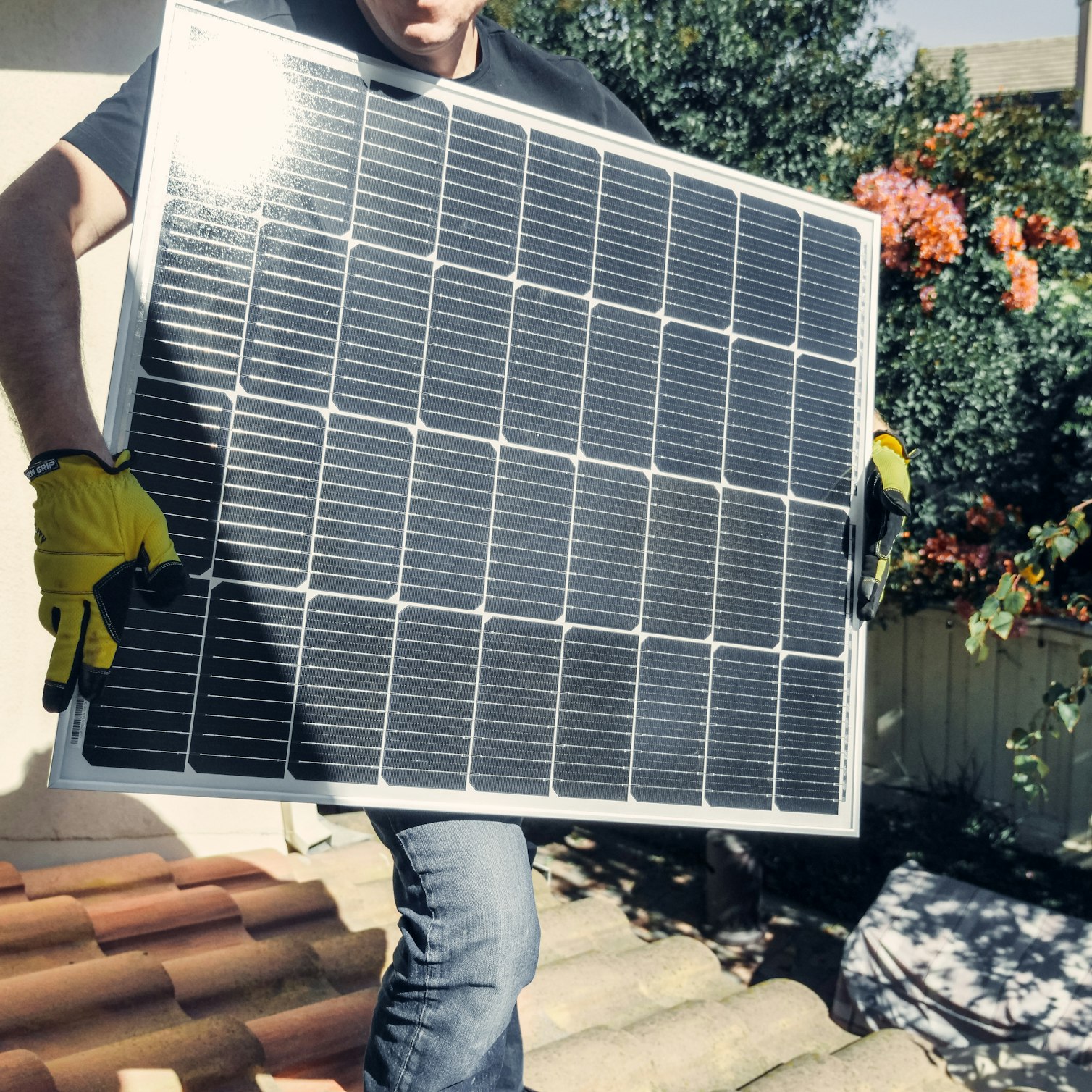
Content
The COVID-19 pandemic has disrupted investment in renewable energy projects around the world, as lockdowns delayed installations. Supply chain disruptions have pushed up equipment prices for the first time in many years, reversing a downward trend that saw the cost of utility-scale solar fall by 82% over a decade.
But while investment in renewables has begun to resume, with global asset finance rising by 4.4% in 2020, the pandemic has shifted the focus of investors back to developed countries from emerging markets. How can the industry revert to prioritizing investment in developing countries, where it is most needed?
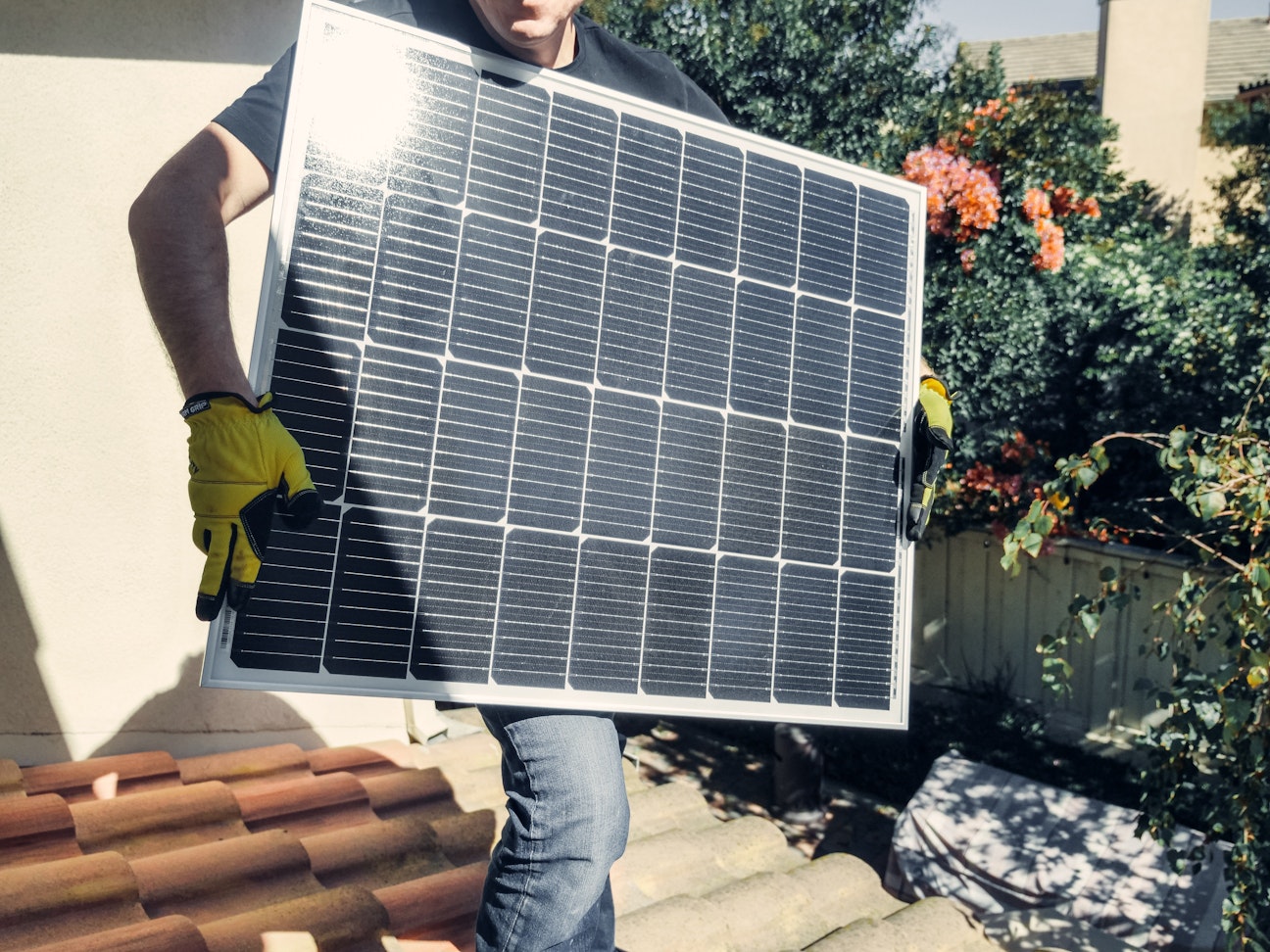
Developing countries made renewable energy advances pre-Covid
The decade before the COVID-19 pandemic saw important advances in the global adoption of renewable electricity generation. With the cost of utility-scale solar falling by 82% between 2010 and 2019, it became cheaper for emerging markets to install solar capacity rather than build new fossil fuel generation.
The number of people around the world without electricity access fell from 1.2 billion in 2010 to 759 million in 2019, with distributed renewable installations gaining momentum, according to a report on the UN’s sustainable development goals (SDGs). The number of people receiving electricity supply through connections to mini grids more than doubled from 5 million in 2010 to 11 million in 2019.
Emerging markets accounted for most of the world’s investment in renewables from 2014 2019, according to BloombergNEF. But that investment dropped in 2019-2020. Renewable asset finance for emerging markets fell from $159 billion to $145 billion in 2020, while financing in developed countries climbed from $109 billion in 2019 to $136 billion in 2020. Emerging markets’ share of investment sank to 52% in 2020, down from 59% in 2019 and 63% at its height in 2017, to the lowest since 2014.
Why has COVID-19 had an outsized impact on developing countries’ renewable investment?
COVID-19 hits renewable investment in emerging markets
The impact of COVID-19 lockdowns on economic growth in emerging markets has been far more disruptive to renewable energy investment than in developed markets. As governments have looked to stimulate economies coming out of pandemic-related shutdowns, developed nations have taken the opportunity to combine stimulus packages with investments to help meet carbon emissions targets.
The worst global financial crisis since 2008 has slowed the transition to clean energy in developing countries for several reasons:
Limited availability of government funding
Lack of policy support
Stricter COVID-19 restrictions and border closures
Logistics disruptions
Rising equipment costs
The IMF estimates that developed countries have allocated financing equivalent to on average 15% of GDP to spur economic recovery. However, developing economies have limited scope to increase their spending to the same degree and have invested less than 5% of GDP.
Soaring costs on the international shipping markets, raw material shortages and supply chain disruptions following lockdowns have raised the cost of renewable energy equipment. That has resulted in the suspension of some projects while investors wait for prices to fall back. But in some developing nations where electricity demand has continued to grow, governments have instead turned back towards fossil fuels. For example, Indonesia—a major coal producing and consuming nation that generates 67% of its electricity from coal—has allocated 15% of its pandemic recovery expenditure to conventional electricity generation while suspending short-term renewable plans.
The G7 Summit in June, a meeting of the world's seven largest advanced economies, is an opportunity for developed economies to commit financing for developing countries to help tackle climate change. Emerging markets account for nearly two-thirds of the carbon emissions from the global energy sector, according to BloombergNEF. Failure to provide support raises the risk that rising inequality will derail international efforts to reduce carbon emissions and mitigate the impact on nations around the world, notes Dr Rainer Quitzow, researcher at the Institute for Advanced Sustainability Studies (IASS) in Germany.
How can the renewable industry and governments facilitate a shift in investment back towards developing countries?
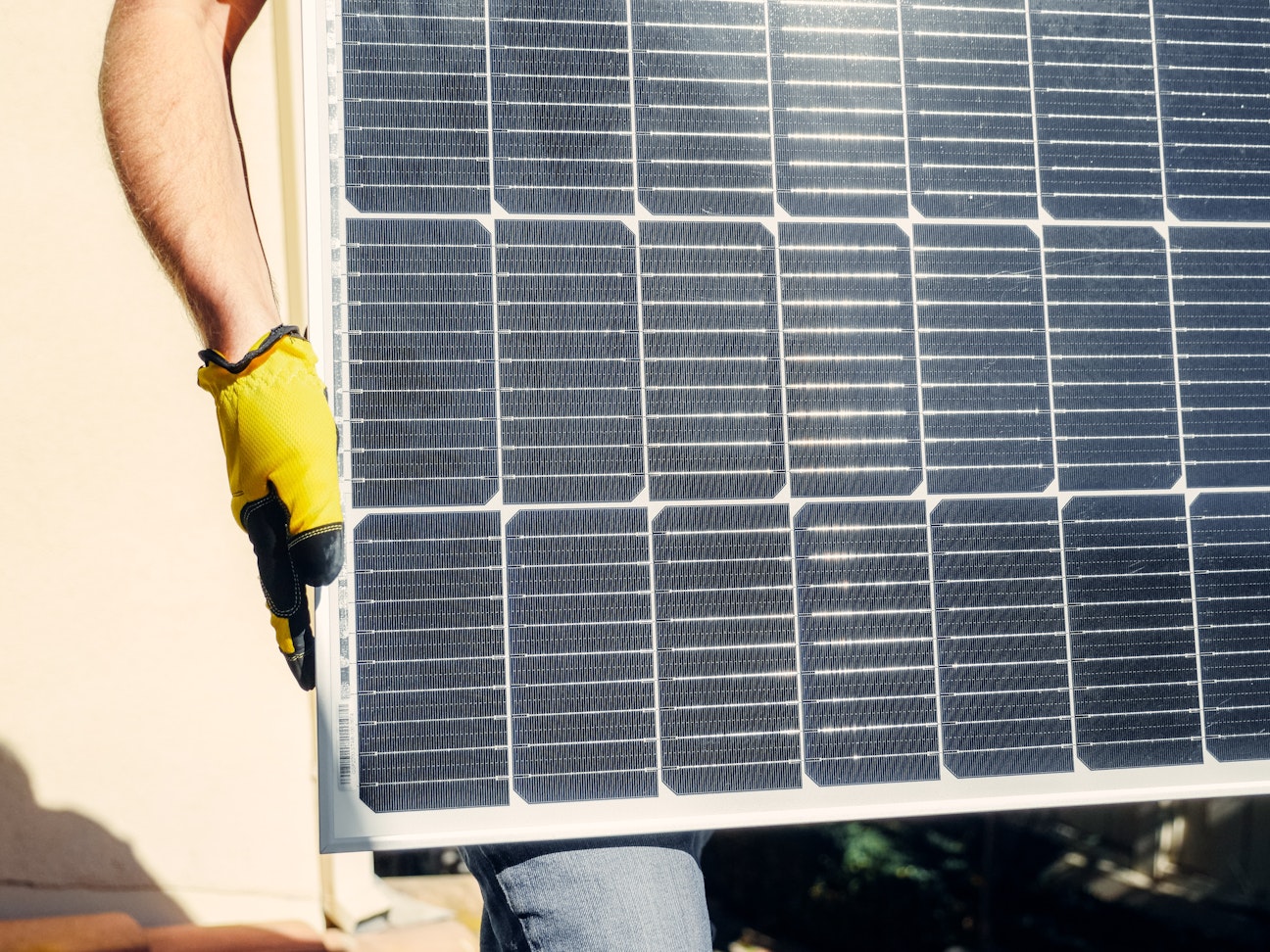
Solutions to spur investment in developing countries
Emerging markets need more than financial support to get their clean energy transitions back on track coming out of the COVID-19 pandemic.
New approaches to green recovery programs are necessary to prevent the economic crisis from creating ongoing setbacks to renewable growth. The Just Energy Transition Partnership between South Africa and France, Germany, the UK, the US, and the EU, announced in November 2021, provides an example. The partnership includes an initial commitment of $8.5 billion to help South Africa accelerate its move away from coal-fired electricity and increase the climate resilience of its economy by preventing up to 1.5 gigatonnes of emissions over the next 20 years. The financing will facilitate grants, concessional loans and investments as well as risk sharing instruments to spur investments from the private sector.
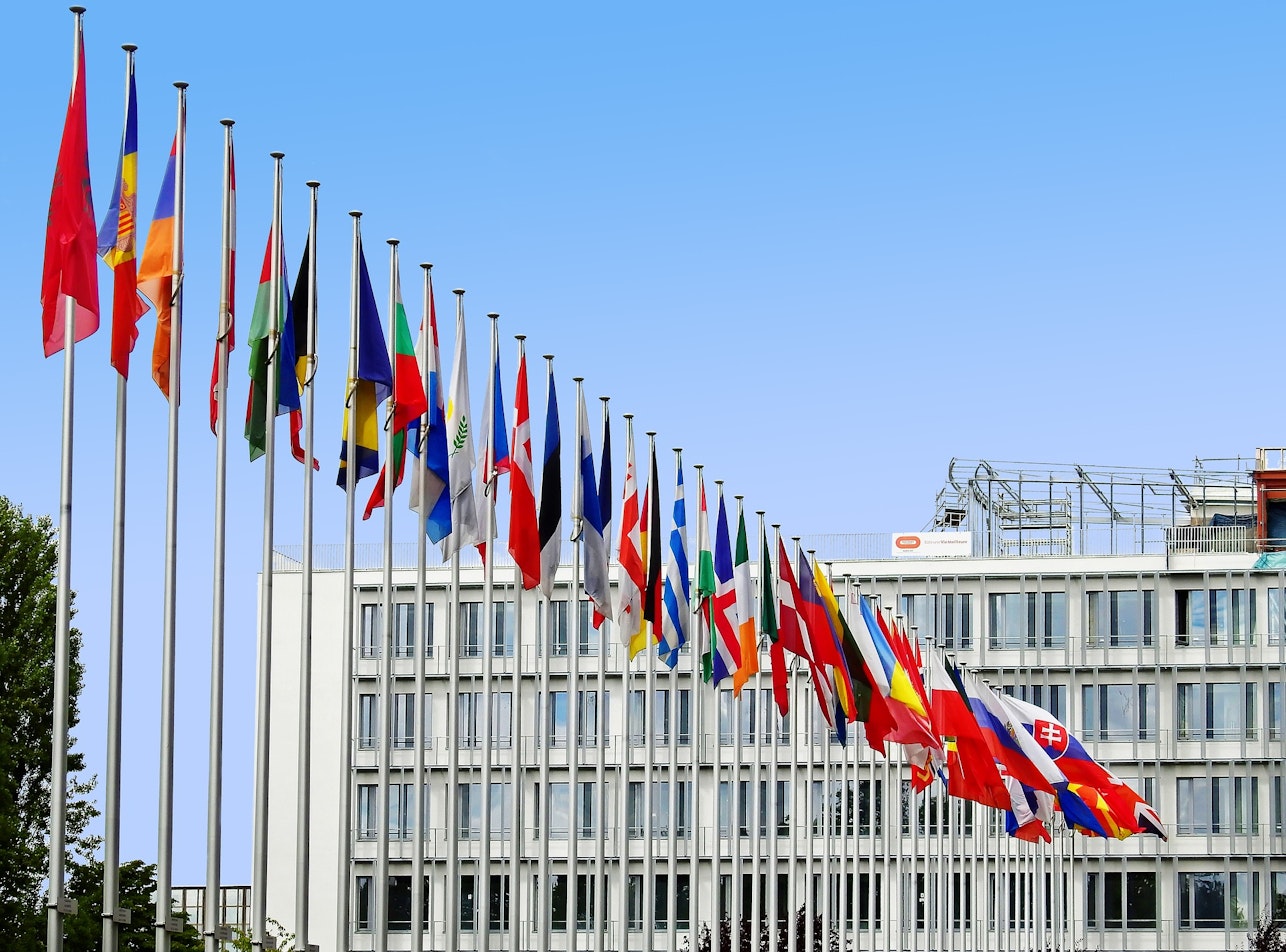
Also in November at the COP26 conference, the Asian Development Bank (ADB), Indonesia, and the Philippines launched a partnership to set up an energy transition mechanism—the first in the Asia/Pacific region. Demand for energy in Asia is projected to double by 2030, and the southeast Asia region continues to build new coal-fired capacity to help meet that demand growth.
In addition to the challenges in providing government financing, emerging markets lack a supportive policy framework to attract private investment in renewables.
Less than 50% of developing countries have electricity auctions in place, even though they are shown time and again to attract investment in clean energy supply. Similarly, only 49% of emerging markets provide a framework for net metering, which provides credits for renewable electricity sold to the grid and drives deployment of small-scale solar photovoltaic installations.
Only 25% have a feed-in tariff (FiT) policy, which effectively subsidizes new projects by providing a guaranteed price for renewable electricity over a long period of time.
Emerging nations can also provide reductions or exemptions on import taxes or value-added tax (VAT) to reduce the cost of installations.
Get the most out of your solar investment with RatedPower
The COVID-19 pandemic has prompted a shift in renewable energy investment as developed nations have been able to allocate resources to economic recovery. There is a risk that developing countries can fall behind in their goals to reduce carbon emissions to mitigate the impact of climate change. Partnerships between developed and developing countries could provide the financing and project support to shift investment back towards emerging nations where it is needed the most.
If you are developing a utility-scale solar farm, contact Rated Power to see how our solar modeling platform can help you optimize the project to get the best return on investment.
Latest stories
Related posts
Market analysis
Power where it’s needed: Solving LatAm’s grid instability with distributed solar and storage
Find out how a bottom-up approach is solving LatAm’s grid instability, with community-led solar and storage projects giving people control over their energy.
Updated 29 DEC, 25

Market analysis
Powering through the peak: Why solar + storage is gaining momentum in MENAT
Discover how MENAT is building a functioning solar economy and why rising peak demand during extreme heat is squeezing its energy architecture.
Updated 11 DEC, 25

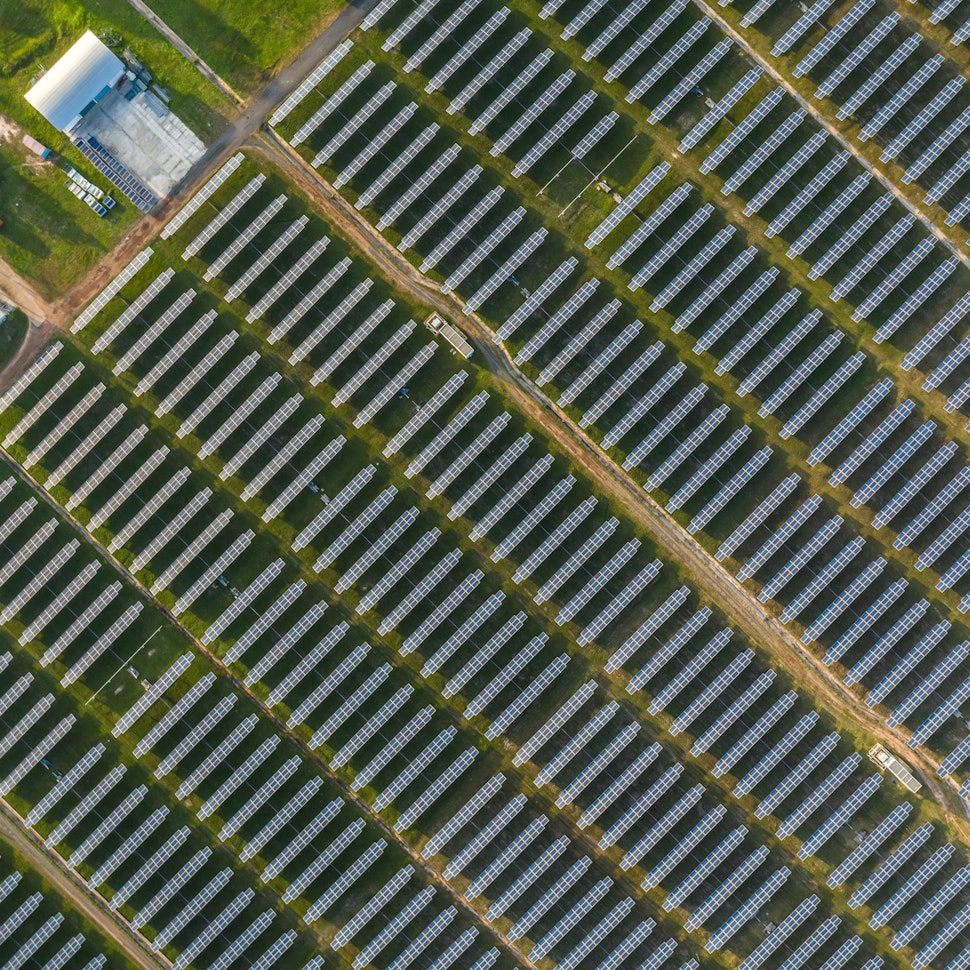
Market analysis
The rise of utility-scale PV + storage plants in Italy
Discover how Italy’s latest policies and auctions are driving utility-scale solar and battery storage projects to meet ambitious 2030 targets.
Updated 4 DEC, 25

- RatedPower
- Solar energy blog
- Developing countries and renewable energy during COVID
 Watch a demo
Watch a demo Ask our AI Product Expert
Ask our AI Product Expert
